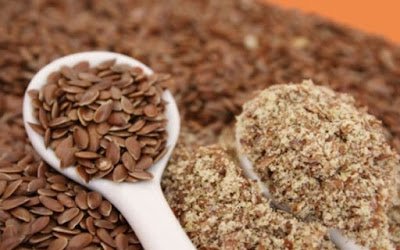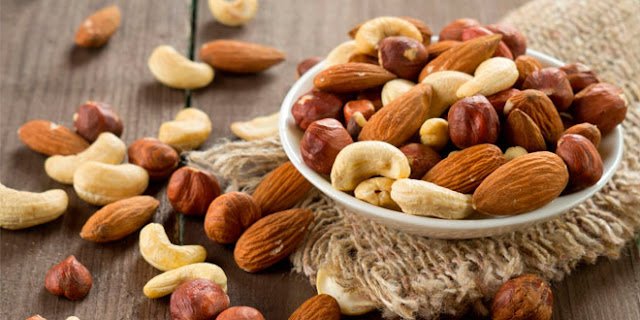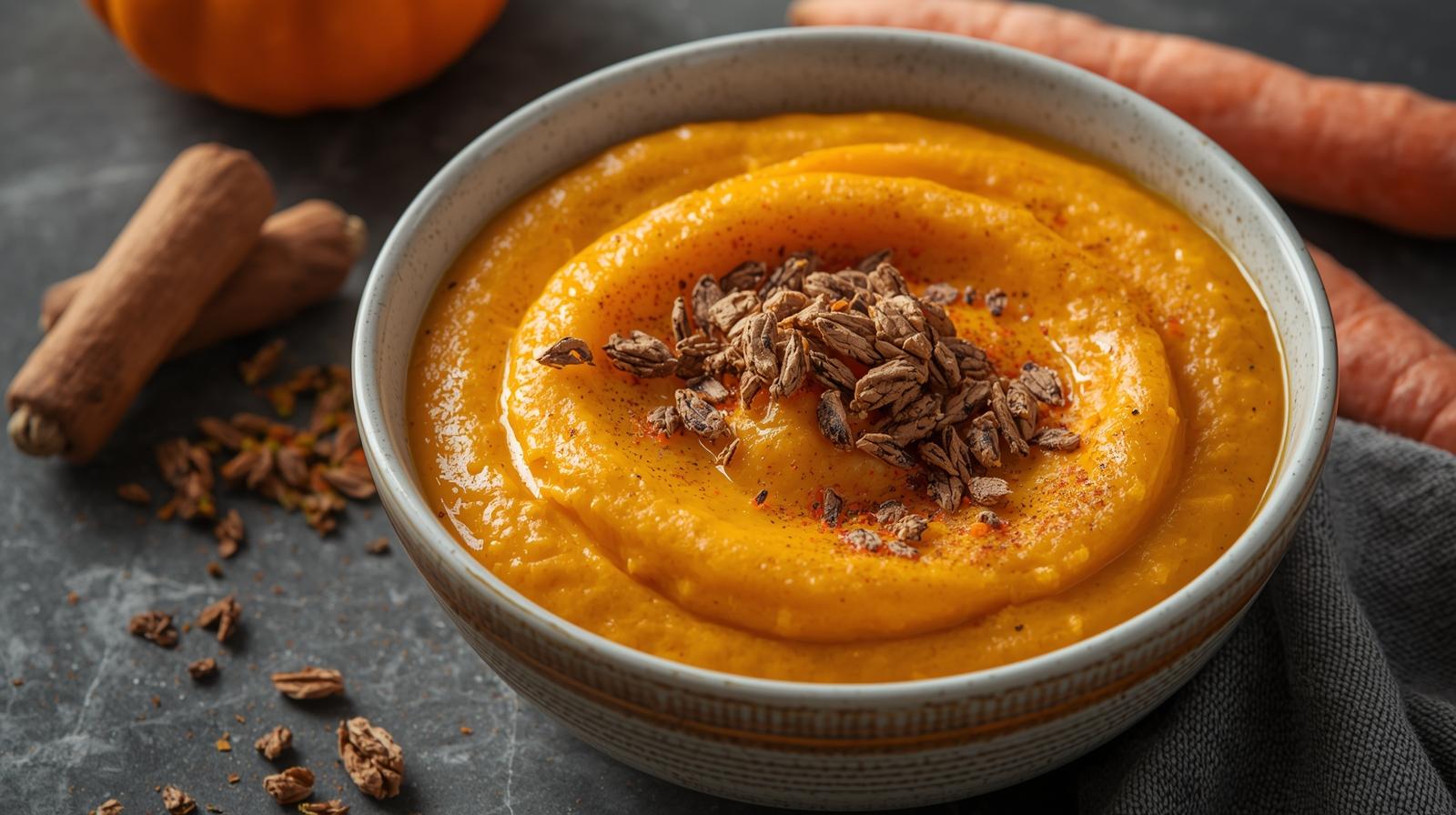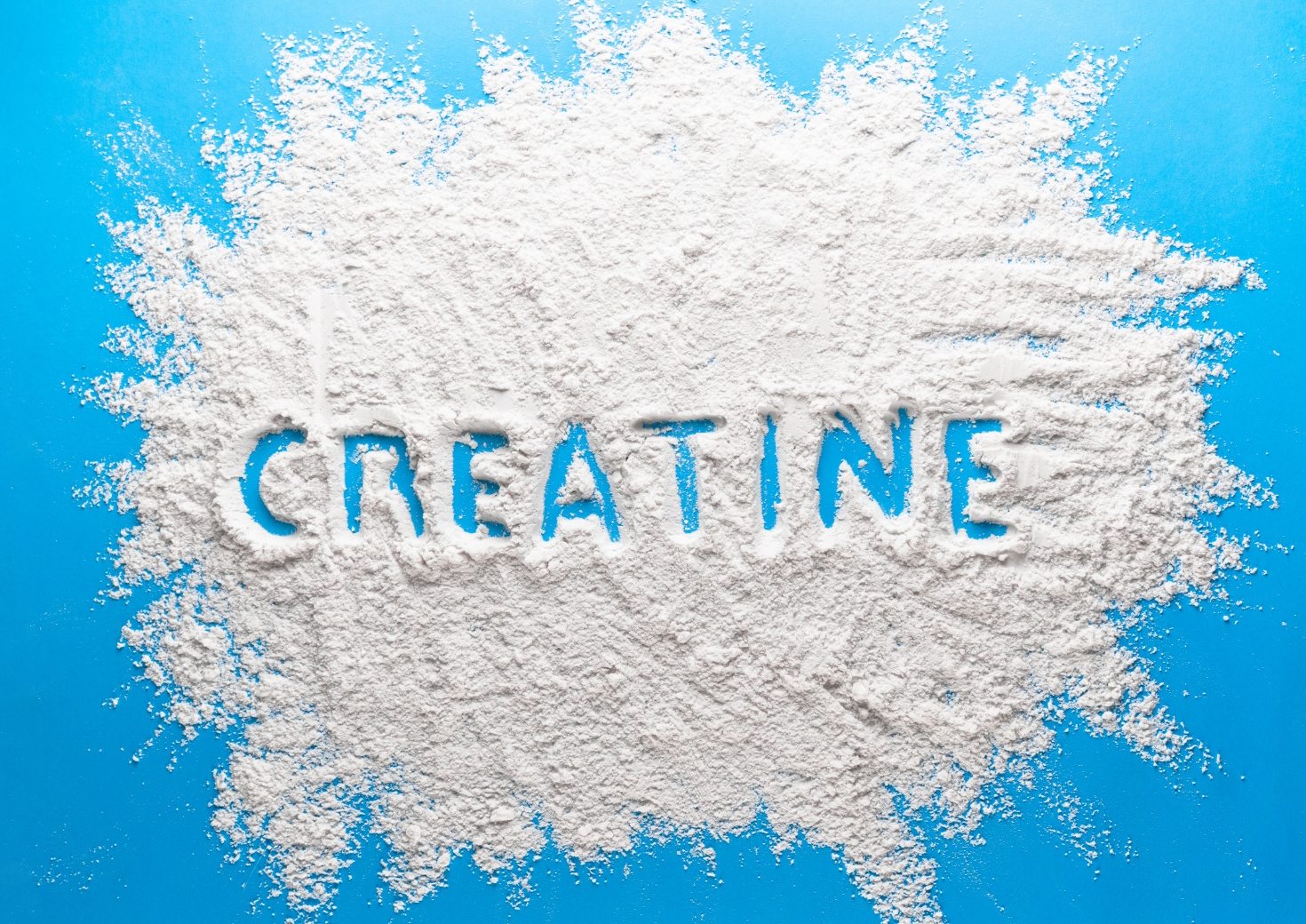- Rico en fibra, grasas saludables, vitaminas, minerales y fitoquímicos en cantidades suficientes para ayudarnos a mantener la salud
- Pobre en nutrientes poco recomendados como hidratos de carbono de absorción rápida o grasas tipo omega 6.
Mis superalimentos
- ACEITE DE OLIVA VIRGEN EXTRA
Una alimentación que incluya aceite de oliva virgen extra puede reducir el desarrollo de tumores entre un 8% y un 10% y hasta un 15% en el caso del cáncer de mama, mientras que la aplicación de medidas de diagnóstico precoz ‘sólo’ disminuye la incidencia de la enfermedad un 3%.
- Reduce el riesgo de cáncer de mama, próstata, colon, intestino.
- El aceite de oliva contiene un ácido graso esencial, el ácido oleico (omega 9), que disminuye los niveles de un oncogén llamado HER2/neu. Altos niveles de HER2/neu están presentes en la quinta parte de las pacientes con cáncer de mama e índica agresividad.
- El ácido oleico aumenta la eficacia del trastuzumab (herceptin®), un tratamiento con anticuerpos monoclonales que tiene como blanco el gen HER2/neu .
- El ácido oleico también aumenta el efecto de otro fármaco ampliamente usado en el cáncer de mama y ovario: el paclitaxel
ACEITE DE OLIVA VIRGEN EXTRA Y ENFERMEDAD CARDIOVASCULAR. ESTUDIO PREDIMED
Se trata de un gran ensayo clínico con reparto al azar de tres intervenciones dietéticas diferentes en personas con alto riesgo cardiovascular. Participan 7447 voluntarios con un alto riesgo cardiovascular con el objetivo principal de averiguar si la Dieta Mediterránea suplementada con aceite de oliva virgen extra o frutos secos evita la aparición de enfermedades cardiovasculares (muerte de origen cardiovascular, infarto de miocardio y/o accidente vascular cerebral), en comparación con una dieta baja en grasa. Este estudio concluye:Una intervención con una Dieta Mediterránea tradicional suplementada con Aceite de Oliva Virgen Extra y Frutos Secos (Nueces) reduce en un 30% la incidencia de complicaciones cardiovasculares mayores (muerte de causa cardiovascular, infarto de miocardio y accidente vascular cerebral) y en 66% el riesgo de cáncer de mama.
CURCUMA
CRUCIFERAS
FRUTOS SECOS
¡¡Consumir 5 raciones de frutos secos a la semana disminuye el riesgo de padecer cáncer!!
AJO
El ajo es de la misma familia que las cebollas, las cebolletas y los puerros. Contiene al igual que ellas una gran cantidad de quercetina, pero además contiene otra sustancia con propiedades antitumorales: La aliína, un aceite esencial responsable del olor característico del ajo. La aliína se convierte en alicina por una reacción enzimática y esto ocurre cuando se aplastan o machacan las cabezas de ajo y es la alicina la que tiene un gran poder anticancerígeno. Pero no sólo la alicina es anticáncer, en el ajo hay más de 20 sustancias derivadas de la aliína con propiedades anticáncer: ajoeno, sulfuro de dialilo, s-alil cisteína, s-metil cisteína….
Además el ajo contiene oligoelementos tales como hierro, selenio, zinc, magnesio, azufre y calcio. Contiene abundantes fructosanas (hasta un 75 %) y arginina.
Un aumento en el consumo de ajo se asocia con una disminución del riesgo de sufrir cáncer de distintos tipos: esófago, estómago, colon, páncreas, piel , pulmón y mama.
- Las mujeres con un consumo alto de ajos en la dieta tienen 50 % menos posibilidades de sufrir cáncer que aquellas que apenas lo consumen.
- El consumo de más de 10 gramos de ajo al día, es decir unos 2 dientes de ajo, se asocia con una disminución del riesgo de padecer cáncer de cualquier tipo.
Propiedades anticancerígenas de la aliína y derivados (a éstas debemos añadir las de la quercetina que también contiene en altas cantidades):
- Ayuda a eliminar sustancias potencialmente cancerígenas del organismo, evitando así el riesgo de desarrollar cáncer.
- Ayuda a reparar daños en el ADN celular evitando así mutaciones cancerígenas
- Inhibe la proliferación celular.
Otras propiedades terapéuticas del ajo
Es antibacteriano, antivírico y antifúngico, ayudando así a combatir todo tipo de infecciones. Tiene propiedades anticoagulantes.
Consumo:
- Owen R. W., Haubner R., Würtele G., et al. Olives and olive oil in cancer prevention. Eur J Cancer Prev. 2004 Aug; 13(4):319-26.
- Menendez J. A., Vellon L., Colomer R., Lupu R. Oleic acid, the main monounsaturated fatty acid of olive oil, suppresses Her-2/neu (erbB-2) expression and synergistically enhances the growth inhibitory effects of trastuzumab (Herceptin™) in breast cancer cells with Her-2/neu oncogene amplification. Ann Oncol. 2005 March; 16 (3):359-371.
- Colomer R., Menéndez J. A. Mediterranean diet, olive oil and cancer.Clin Transl Oncol. 2006 Jan; 8(1):15-21.
- Menendez J. M. et al. Effects of gamma-linolenic acid and oleic acid on paclitaxel cytotoxicity in human breast cancer cells. Eur J Cancer. 2001; 37(3):402-13.
- Estruch R; Martínez-González MA; Corella D; et al. Effects of a Mediterranean-Style Diet on Cardiovascular Risk Factors. A Randomized Trial. Ann Intern Med. 2006;145:1-11.
- Zazpe I; Sánchez-Tainta A; et al, for the PREDIMED group.A Large Randomized Individual and Group Intervention Conducted by Registered Dietitians Increased Adherence to Mediterranean – TypeDiets: The PREDIMED Study. J Am Diet Assoc. 2008;108:1134-1144.
- Salas-Salvadó J, Fernández-Ballart J, Ros E, et al for the PREDIMED Study Investigators. Effect of a Mediterranean diet supplemented with nuts on metabolic syndrome status: one-year results of the PREDIMED randomized trial. Arch Intern Med. 2008;168:2449-58.
- Basnet P, Skalko-Basnet N. Curcumin: an anti-inflammatory molecule from a curry spice on the path to cancer treatment. Molecules. Jun 3; 16(6):4567-98.
- Bayet-Robert M, Kwiatkowski F, Leheurteur M, et al. Phase I dose escalation trial of docetaxel plus curcumin in patient with advanced and metastatic breast cancer. Cancer Biol Ther. 2010 Jan; 9 (1): 8-14.
- Tze Fang Wong et al. Curcumin disrupts uterine leiomyosarcoma cells through AKT-mTOR pathway inhibition. Gynecologic Oncology. 2011 Jul; 122(1): 141-8
- Lu JJ. Cai YJ. Ding J. Curcumin induces DNA damage and caffeine-insensitive cell cycle arrest in colorectal carcinoma HCT116 cell. Mol all Biochem. 2011 Aug; 354 (1-2): 247-52.
- Darvesh AS, Aggarwal BB, Bishayee A. Curcumin and Liver Cancer: A Review.Curr Pharm Biotechnol. 2011 Apr 5 712Prakobwong S, Gupta SC, Kim JH, et al. Curcumin suppresses proliferation and induces apoptosis in human biliary cancer cell through modulatin of multiple cell signaling pathways. Carcinogenesis. 2011 Sep; 32(9): 1372-80.
- Bistht S, Mizuma M, Feldmann G, et al. Systemic administration of polymeric nanoparticle-encapsulated curcumin (NanoCurc) blocks tumor growth and metastases in preclinical models of pancreatic cancer. Mol Cancer Ther. 2010 Aug; 9 (8): 2255-64.
- Teiten MH, Gaascht F, Cronauer M, et al. Anti-proliferative potential of curcumin in androgen-dependent prostate cancer cells occurs through modulation of the Wingless signaling pathway. Int J Oncol 2011 Mar; 38(3):603-11. 717
- Prakobwong S, Gupta SC, Kim JH, et al. Curcumin suppresses proliferation and induces apoptosis in human biliary cancer cell through modulatin of multiple cell signaling pathways. Carcinogenesis. 2011 Sep; 32(9): 1372-80.
- Dikmen M, Canturk Z, Ozturk Y, Tunali Y. Investigation of the apoptotic effect of curcumin in human leukemia HL-60 cells by using flow cytometry.Cancer Biother Radiopharm. 2010 Dec; 25(6): 749-55.
- Wilken R, Veena MS, Wang MB, Srivatsan ES. Curcumin: A review of anti-cancer properties and therapeutic activity in head and neck squamous cell carcinoma. Mol Cancer. 2011 Feb7; 10:12
- Mazzarino L. Silva LF, Curta JC, et al. Curcumin-loaded lipid and polymeric nanocapsules stabilized by nonionic surfactants: an in vitro and in vivo antitumor activity on B 16-F10 melanoma and macrophage uptake comparative study. J. Biomed Nanotechnol. 2011 Jun; 7(3): 406-14.
- Fujimoto A, Shingai Y, et al. Apoptosis-inducing action of two products from oxidation of sesamol, an antioxidative constituent of sesame oil: a possible cytotoxicity of oxidized antioxidant.ToxicolIn Vitro. 2010 Sep; 24(6):1720-6.
- Chao-Chien C, Wan-Jung L, Eng-Thiam O, et al. A novel role of sesamol in inhibiting NF-κB-mediated signaling in platelet activation.J Biomed Sci. 2011 Dec 14; 18:93.
- Sharma S, Kaur IP: Development and evaluation of sesamol as an antiaging agent. Int J Dermatol 2006, 45:200-208.
- Jacklin A, Ratledge C, Welham K, et al. The sesame seed oil constituent, sesamol, induces growth arrest and apoptosis of cancer and cardiovascular cells. Ann N Y Acad Sci. 2003, 1010:374-380.
- Pianjing P, Thiantanawat A, et al. Estrogenic activities of sesame lignans and their metabolites on human breast cancer cells. J Agric Food Chem. 2011 Jan 12; 59(1):212-21.
- Ye F, Zhang GH, Guan BX, Xu XC.Suppression of esophageal cancer cell growth using curcumin, (-)- epigallocatechin-3-gallate and lovastatin.World J Gastroenterol. 2012 Jan 14; 18(2):126-35.
- Ma D, Tremblay P, Mahngar K, Collins J, et al. Selective Cytotoxicity against Human Osteosarcoma Cells by a Novel Synthetic C-1 Analogue of 7-Deoxypancratistatin Is Potentiated by Curcumin.PLoS One. 2011;6(12
- Strimpakos AS, Sharma RA.Curcumin: preventive and therapeutic properties in laboratory studies and clinical trials. Antioxid Redox Signal. 2008 Mar;10(3):511-45
- Gupta SC, Patchva S, Koh W, Aggarwal BB.Discovery of Curcumin, a Component of the Golden Spice, and Its Miraculous Biological Activities.Clin Exp Pharmacol Physiol. 2011 Nov 24.
- Watson JL, Greenshields A, Hill R, et al. Curcumin-induced apoptosis in ovarian carcinoma cells is p53-independent and involves p38 mitogen-activated protein kinase activation and downregulation of Bcl-2 and survivin expression and Akt signaling.Mol Carcinog. 2010 Jan;49(1):13-24
- Kim SR, Park HJ, Bae YH, et al. Curcumin down-regulates visfatin expression and inhibits breast cancer cell invasion.Endocrinology. 2012 Feb;153(2):554-63
- Griesser M, Pistis V, Suzuki T, et al. Autoxidative and cyclooxygenase-2 catalyzed transformation of the dietary chemopreventive agent curcumin.J Biol Chem. 2011 Jan 14; 286(2):1114-24.
- Yue GG, Chan BC, Hon PM, et al. Evaluation of in vitro anti-proliferative and immunomodulatory activities of compounds isolated from Curcuma longa.Food Chem Toxicol. 2010 Aug-Sep;48(8-9):2011-20.
- Olivera A, Moore TW, Hu F, et al. Inhibition of the NF-κB signaling pathway by the curcumin analog, 3,5-Bis(2- pyridinylmethylidene)-4-piperidone (EF31): Anti-inflammatory and anti-cancer properties.Int Immunopharmacol. 2011 Dec 22.
- Higdon J, Delage B, Williams D, et al. Cruciferous vegetables and human cancer risk: epidemiologic evidence and mechanistic basis. Pharmacol Res 2007; 55: 224-236.
- Herr I, Büchler MW. Dietary constituents of broccoli and other cruciferous vegetables: implications for prevention and therapy of cancer. Cancer Treat Rev. 2010 Aug; 36(5):377-83.
- Singh SV, Srivastava SK, Choi S, et al. Sulforaphane-induced cell death in human prostate cancer cells is initiated by reactive oxygen species. J Biol Chem. 2005 May 20;280(20):19911-24.
- Davis R, Singh KP, Kurzrock R, Shankar S. Sulforaphane inhibits angiogenesis through activation of FOXO transcription factors. Oncol Rep. 2009 Dec;22(6):1473-8.
- Singh SV, Warin R, Xiao D, et al. Sulforaphane inhibits prostate carcinogenesis and pulmonary metastasis in TRAMP mice in association with increased cytotoxicity of natural killer cells.Cancer Res. 2009 Mar 1;69(5):2117-25.
- Michnovicz JJ, Bradlow HL. Induction of Estradiol Metabolism by Dietary Indole-3-carbinol in Humans. J Natl Cancer Inst. 1990 Jun 6;82(11):947-9.
- Cornblatt BS, Ye L, Dinkova-Kostova AT, et al. Preclinical and clinical evaluation of sulforaphane for chemoprevention in the breast. Carcinogenesis 2007;28:1485-1490.
- Steinkellner H, Rabot S, Freywald C, et al. Effects of cruciferous vegetables and their constituents on drug metabolizing enzymes involved in the bioactivation of DNA-reactive dietary carcinogens. Mutat Res. 2001 Sep 1;480- 481:285-97.
- Lampe JW, Peterson S. Brassica, biotransformation and cancer risk: genetic polymorphisms alter the preventive effects of cruciferous vegetables. J Nutr. 2002 Oct;132(10):2991-4.
- Kalpana Deepa Priya D, Gayathri R, Sakthisekaran D. Role of sulforaphane in the anti-initiating mechanism of lung carcinogenesis in vivo by modulating the metabolic activation and detoxification of benzo(a)pyrene. Biomed Pharmacother. 2011 Feb;65(1):9-16
- Fan S, Meng Q, Auborn K, Carter T, Rosen EM. BRCA1 and BRCA2 as molecular targets for phytochemicals indole- 3-carbinol and genistein in breast and prostate cancer cells. Br J Cancer 2006; 94: 407-26.
- Shenoy NR, Choughuley AS. Inhibitory effect of diet related sulphydryl compounds on the formation of carcinogenic nitrosamines. Cancer Lett.1992; 65(3):227–232.
- L’vova GN, Zasukhina GD. Modification of repair DNA synthesis in mutagen-treated human fibroblasts during adaptive response and the antimutagenic effect of garlic extract. Genetika 2002; 38(3):306–309
- Knowles LM, Milner JA. Possible Mechanism by Which Allyl Sulfides Suppress Neoplastic Cell Proliferation.J Nutr.
- Bosetti C, Filomeno M, Riso P, et al. Cruciferous vegetables and cancer risk in a network of case-control studies. Ann Oncol. 2012 Feb 10.
- Brock KE, Ke L, Gridley G, Chiu BC, et al. Fruit, vegetables, fibre and micronutrients and risk of US renal cell carcinoma.Br J Nutr.2011 Dec 20:1-9.
- Liu B, Mao Q, Lin Y, Zhou F, Xie L. The association of cruciferous vegetables intake and risk of bladder cancer: a meta-analysis. World J Urol. 2012 Mar 6.
- Izutani Y, Yogosawa S, Sowa Y, Sakai T. Brassinin induces G1 phase arrest through increase of p21 and p27 by inhibition of the phosphatidylinositol 3-kinase signaling pathway in human colon cancer cells.Int J Oncol. 2012 Mar; 40(3):816-24
- Bryant CS, Kumar S, Chamala S, et al. Sulforaphane induces cell cycle arrest by protecting RB-E2F-1 complex in epithelial ovarian cancer cells.Mol Cancer. 2010 Mar 2;9:47.
- Kristal AR, Lampe JW. Brassica vegetables and prostate cancer risk: a review of the epidemiological evidence. Nutr Cancer. 2002;42:1-9.
- Nechuta SJ, Lu W, Cai H, et al. Cruciferous Vegetable Intake After Diagnosis of Breast Cancer and Survival: a Report From the Shanghai Breast Cancer Survival Study. Abstract #LB-322.In Annual Meeting of the American Association for Cancer Research; 2012 Mar 31-Apr 4. Chicago, Il; 2012.
- Zhang CX, Ho SC, Chen YM, et al. Greater vegetable and fruit intake is associated with a lower risk of breast cancer among Chinese women. Int J Cancer 2009; 125:181-188.
- Bosetti C, Filomeno M, Riso P, et al. Cruciferous vegetables and cancer risk in a network of case-control studies. Ann Oncol 2012 Feb 10.
- Cornblatt BS, Ye L, Dinkova-Kostova AT, et al. Preclinical and clinical evaluation of sulforaphane for chemoprevention in the breast. Carcinogenesis. 2007 Jul;28(7):1485-90.
- Tsoukas MA. et al. Dietary walnut suppression of colorectal cancer in mice: Mediation by miRNA patterns and fatty acid incorporation. JNB. July 2015; Volume 26, Issue 7, Pages 776–83
- Ross SA, Finley JW, Milner JA. Allyl sulfur compounds from garlic modulate aberrant crypt formation. J Nutr. 2006 Mar;136(3 Suppl):852S-854S..
- Gonzalez CA, Pera G, Agudo A, et al. Fruit and vegetable intake and the risk of stomach and oesophagus adenocarcinoma in the European Prospective Investigation into Cancer and Nutrition (EPIC-EURGAST).Int J Cancer 2006; 118(10): 2559–2566.
- Gao CM, Takezaki T, Ding JH, Li MS, Tajima K. Protective effect of allium vegetables against both esophageal and stomach cancer: A simultaneous case-referent study of a high-epidemic area in Jiangsu Province, China. Jpn J Cancer Res. 1999 Jun;90(6):614-21.
- Chan JM, Wang F, Holly EA. Vegetable and fruit intake and pancreatic cancer in a population-based case-control study in the San Francisco bay area. Cancer Epidemiol Biomarkers Prev. 2005 Sep;14(9):2093-7.
- Tilli CM, Stavast-Kooy AJ, Vuerstaek JD, et al. The garlic-derived organosulfur component ajoene decreases basal cell carcinoma tumor size by inducing apoptosis. Arch Dermatol Res. 2003 Jul;295(3):117-23.
- Challier B, Perarnau JM, Viel JF. Garlic, onion and cereal fibre as protective factors for breast cancer: A French case- control study. Eur J Epidemiol. 1998 Dec;14(8):737-47.
- Steinmetz KA, Kushi LH, Bostick RM, Folsom AR, Potter JD. Vegetables, fruit, and colon cancer in the Iowa Women’s Health Study.Am J Epidemiol. 1994 Jan 1;139(1):1-15.
- Hsing AW, Chokkalingam AP, Gao YT, et al. Allium vegetables and risk of prostate cancer: A population-based Study. J Nat Cancer Inst 2002; 94(21):1648–1651.











